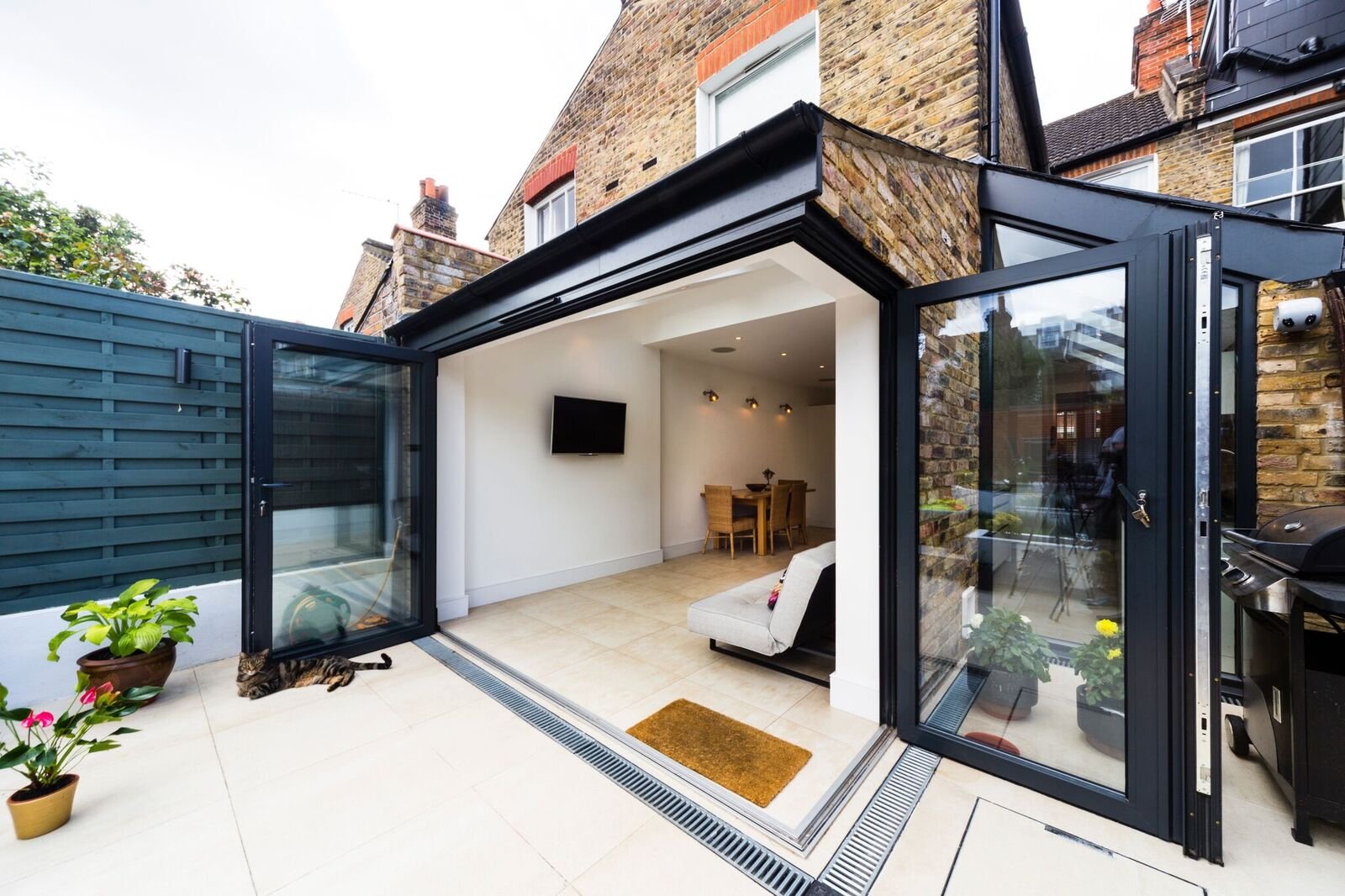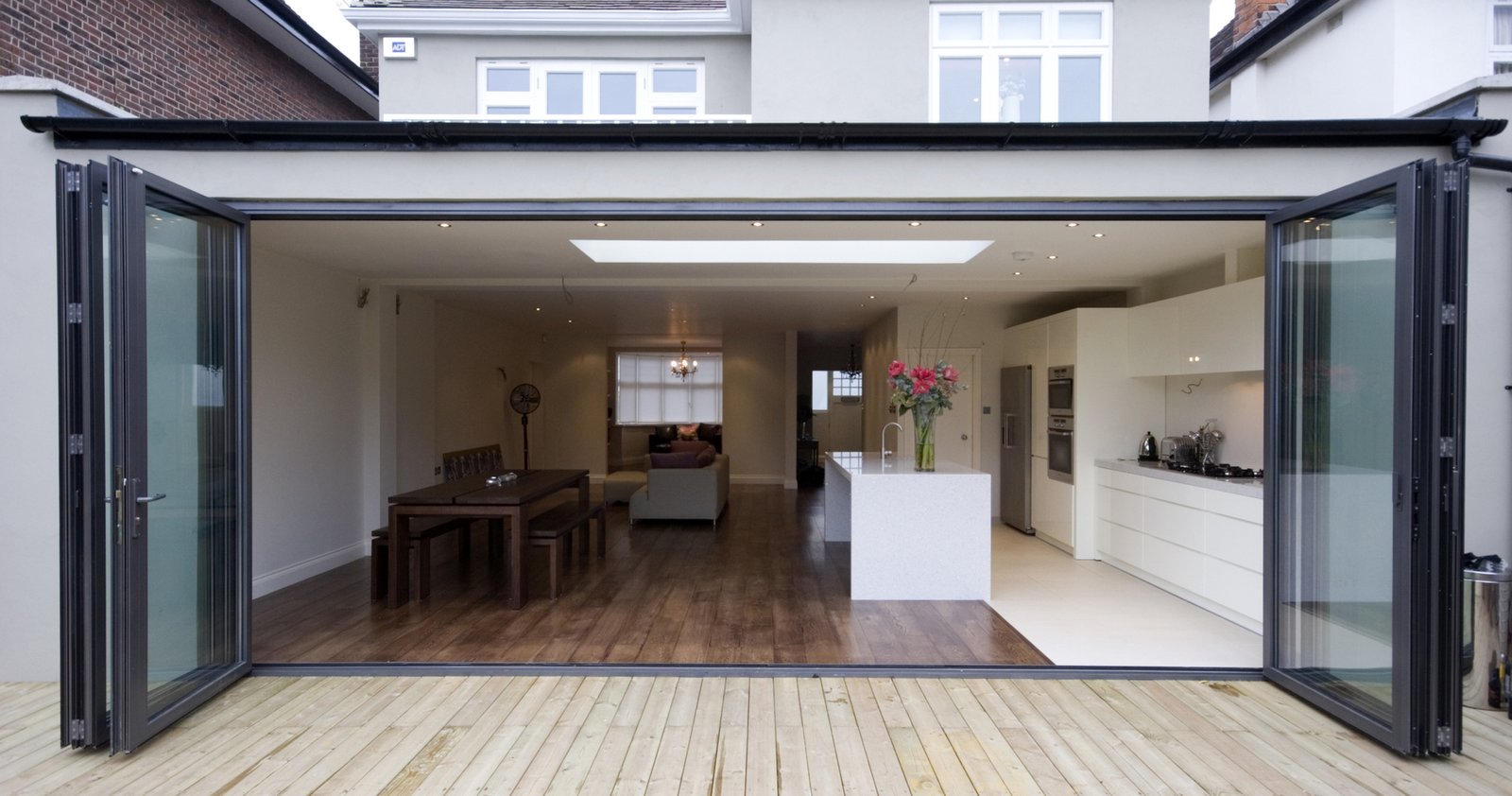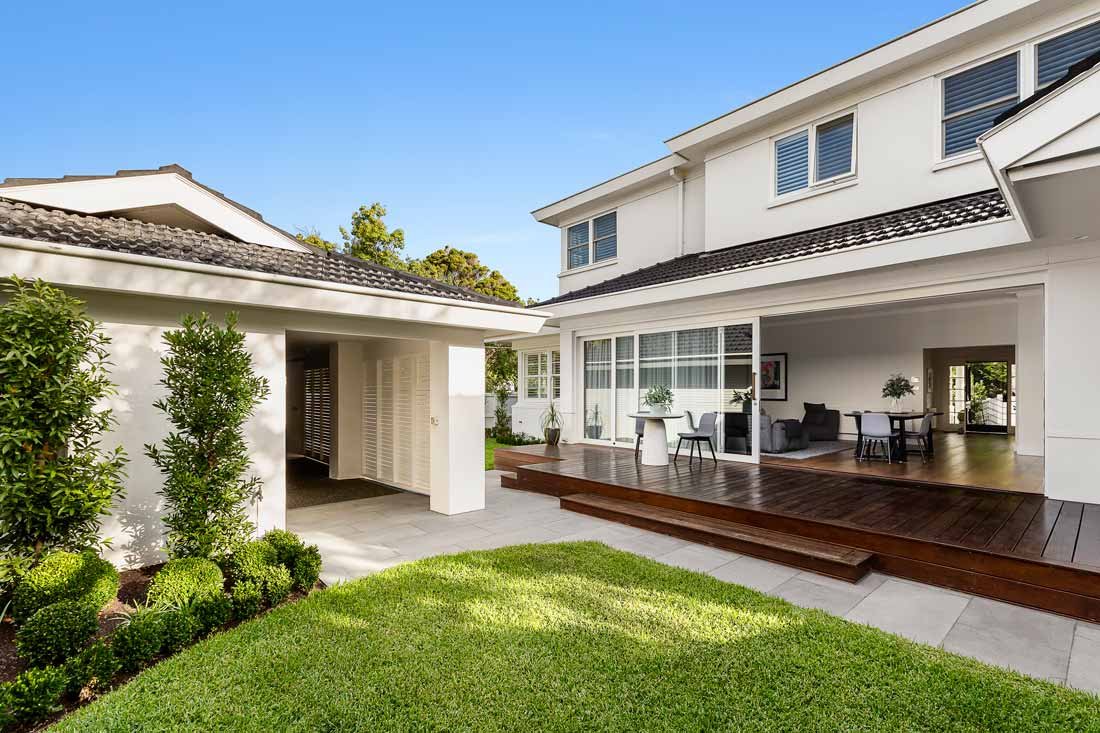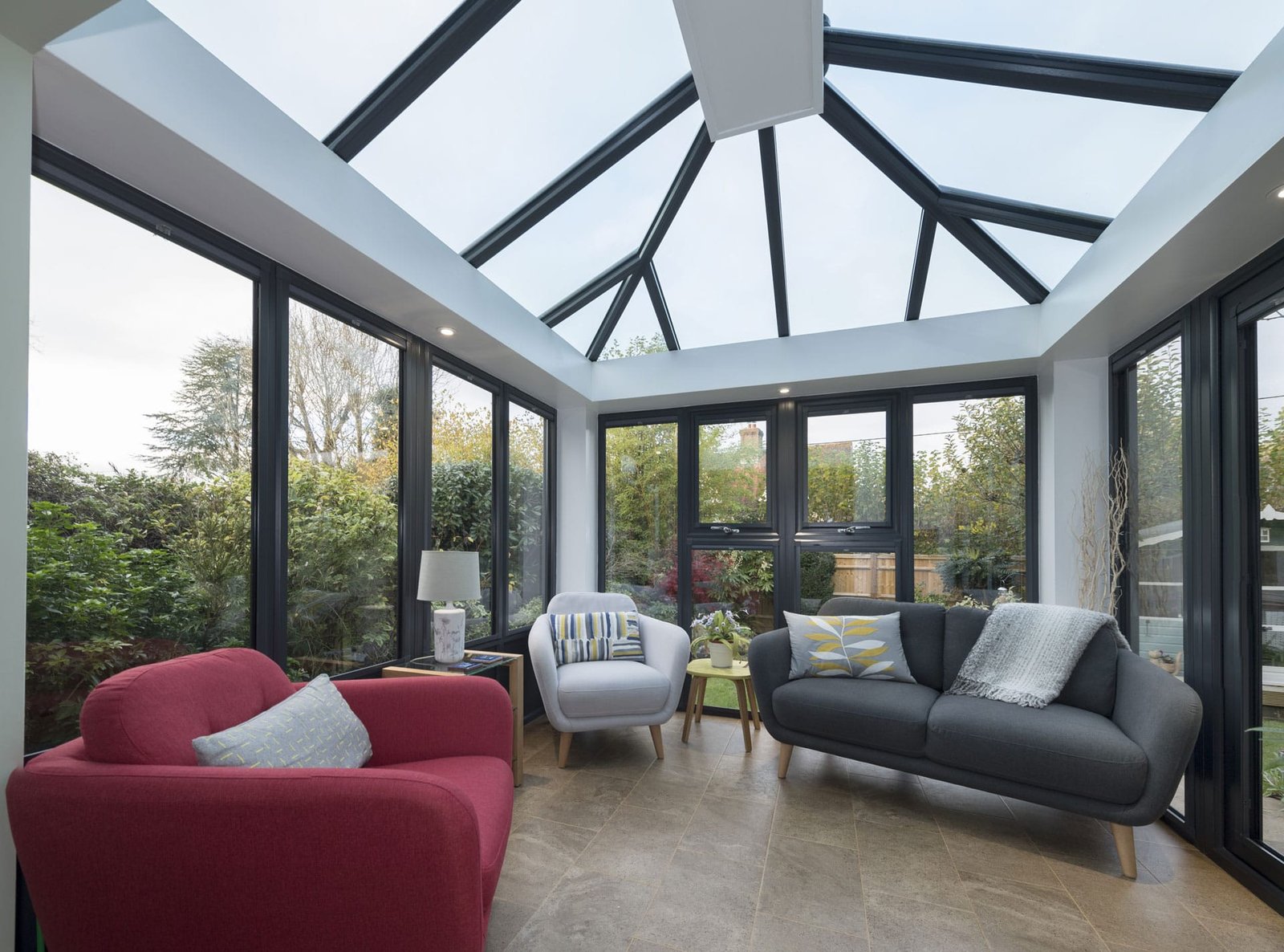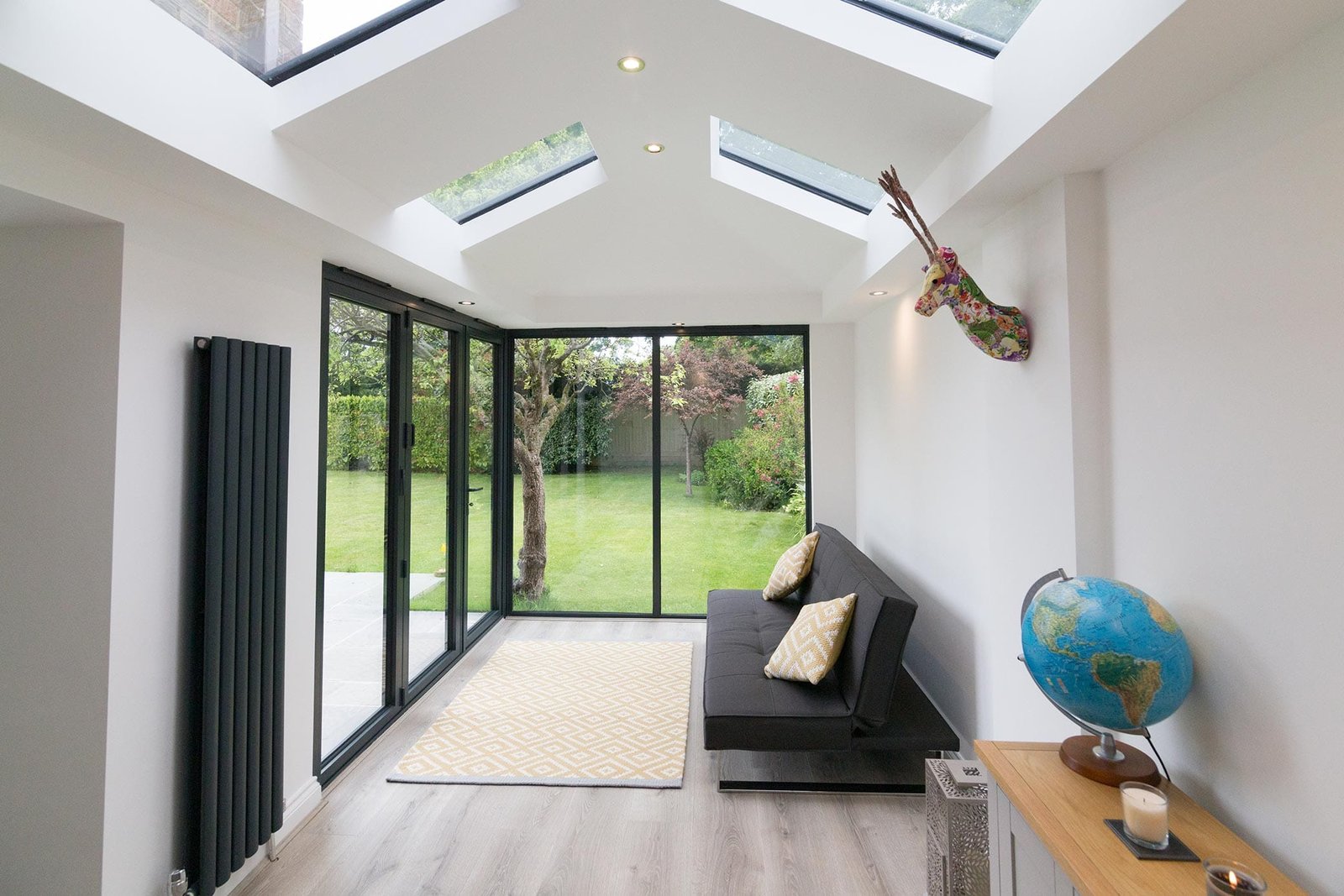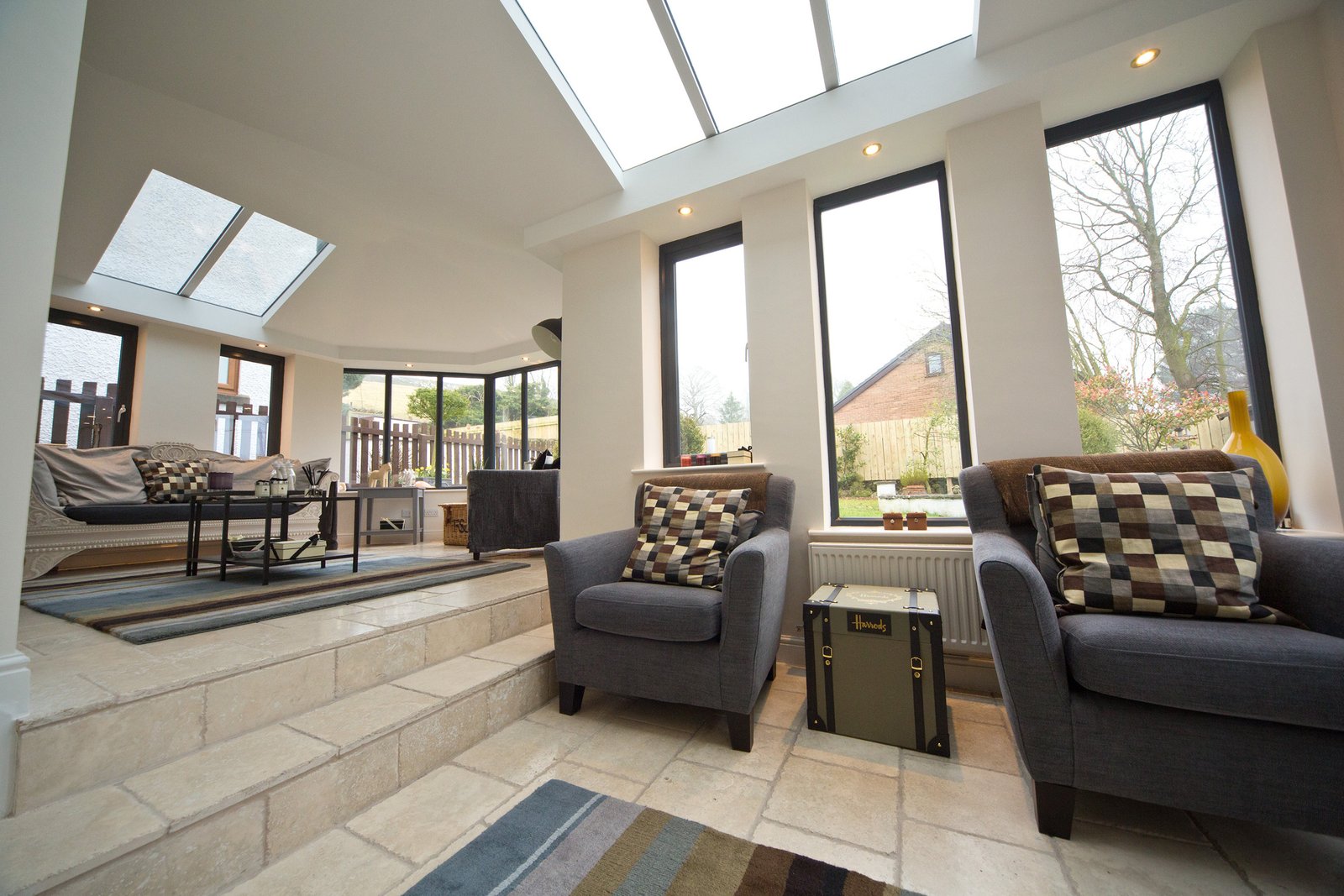Introduction
As families grow and lifestyles evolve, many homeowners find themselves in need of more space. Whether it’s a new bedroom, a larger kitchen, a second living area, or even a home office, building a house extension is one of the most popular ways to add space and value to a home without the need to relocate.
In Australia, home extensions have become a strategic solution for property owners who love their location but want a house that better suits their needs. This comprehensive guide explores everything you need to know about house extensions, including design considerations, planning, council approvals, costs, timelines, and much more.
1. What is a House Extension?
A house extension is the process of adding extra living space to your existing home structure. It may involve building outwards, upwards, or even downwards (in the case of basements), depending on your property layout and goals.
Common Types of Extensions:
-
Rear Extensions – Expand your home into the backyard for a larger kitchen or living room.
-
Side Extensions – Utilize the space on the side of your property.
-
Second Storey Additions – Add a new level to your home for extra bedrooms or bathrooms.
-
Wrap-Around Extensions – Combine rear and side extensions for a large open-plan area.
-
Garage Conversions – Transform an underused garage into livable space.
2. Why Consider a House Extension?
There are several compelling reasons to choose a house extension over moving or rebuilding:
a. More Living Space
The most obvious benefit is the additional space. Whether it’s for a growing family or new lifestyle needs, an extension allows you to customize your home to fit your changing requirements.
b. Stay in the Location You Love
If you love your neighborhood, school zone, or proximity to work and amenities, an extension lets you stay where you are and avoid the stress of relocating.
c. Increase Property Value
Well-designed extensions can significantly increase your home’s resale value, making it a wise long-term investment.
d. Cost-Effective Compared to Buying New
While building an extension requires upfront capital, it’s often more cost-effective than buying a larger property, particularly when considering stamp duty, agent fees, and moving costs.
3. Is Your Property Suitable for an Extension?
Before diving into design and construction, it’s important to assess your home’s extension potential.
Key Factors:
-
Lot Size and Shape
Do you have space at the rear, side, or above to build out? -
Zoning and Council Regulations
Check your local council’s rules for setbacks, height limits, and allowable floor space. -
Heritage Restrictions
If your home is in a heritage zone, special permissions may be required. -
Structural Feasibility
Will the current foundation and structure support the proposed extension?
A site assessment by a qualified builder, architect, or engineer can give you a clear picture of what’s possible.
4. Planning and Design
A successful house extension starts with great planning and thoughtful design. This stage is where you define your goals and work with a professional to bring your vision to life.
a. Defining Your Needs
Ask yourself:
-
What rooms or functions are missing in your home?
-
Who will use the new space?
-
How will the extension improve your day-to-day living?
b. Choosing the Right Layout
Popular choices include open-plan kitchens, master suites, second living areas, or guest quarters.
c. Design Aesthetics
Your extension should complement the existing home in both style and scale. Seamless blending enhances curb appeal and future resale value.
d. Lighting and Ventilation
Maximize natural light with windows, skylights, and smart orientation. Ensure adequate airflow and energy efficiency.
e. Future-Proofing
Design the space with flexibility in mind—what serves as a playroom today might become a study or guest room tomorrow.
5. The Approval Process
In Australia, most house extensions require approval from the local council or a private certifier. The process varies by state and municipality but generally includes:
a. Development Application (DA)
A formal request to carry out building work. You’ll need detailed plans, engineering reports, and sometimes environmental assessments.
b. Complying Development Certificate (CDC)
In some cases, a CDC is a faster alternative to a DA if your extension meets certain criteria.
c. Building Approval
After your DA or CDC is approved, you’ll need a building permit before starting construction.
d. Inspections
Regular inspections ensure that construction complies with approved plans and building codes.
It’s highly recommended to work with a builder or designer familiar with your council’s requirements to streamline the process.
6. Choosing the Right Builder or Architect
The success of your extension depends greatly on the professionals you hire.
Key Criteria:
-
Proven experience in residential extensions
-
Transparent pricing and clear contracts
-
Good communication and responsiveness
-
Positive client reviews and portfolio
-
Licensed and insured
Working with a Designer or Architect:
An architect brings creativity, spatial expertise, and a holistic approach to your project. They can help with:
-
Custom design tailored to your site
-
Maximizing natural light and flow
-
Navigating council approvals
Many design-and-build companies offer both design and construction under one contract, providing a seamless experience.
7. Extension Costs in Australia
The cost of a house extension can vary widely depending on factors like size, materials, complexity, and location.
Average Cost Guide (2025 Estimates):
-
Basic single-storey extension: $2,500 – $3,500/m²
-
Second-storey addition: $3,000 – $4,000/m²
-
High-end or custom extensions: $4,000 – $5,500/m²+
Factors That Affect Cost:
-
Site access and preparation
-
Plumbing and electrical work
-
Custom finishes or materials
-
Demolition or integration with existing structure
-
Design fees and council charges
Hidden Costs to Watch:
-
Temporary relocation if needed
-
Landscaping after construction
-
Utility relocation (gas, water lines)
-
Permit or impact fees
8. Timeline for Building an Extension
While every project is unique, here’s a general timeline for building a house extension:
| Phase | Time Estimate |
|---|---|
| Initial consultation and design | 2–4 weeks |
| Planning and approvals | 4–10 weeks |
| Site preparation and demolition | 1–2 weeks |
| Construction (single storey) | 8–16 weeks |
| Construction (double storey) | 12–24 weeks |
| Final inspections and handover | 1 week |
Delays may occur due to weather, material shortages, or unforeseen site issues. A realistic schedule and flexible mindset help keep stress levels low.
9. Tips for a Successful House Extension
-
Set a Realistic Budget
Always include a 10–15% buffer for unexpected expenses. -
Plan for Disruption
Construction can be messy and noisy. Consider how it will impact your daily life. -
Think Long-Term
Design a space that will remain functional and desirable for years to come. -
Don’t Sacrifice Outdoor Space
Leave room for gardens, entertaining areas, or kids’ play zones. -
Keep Consistency in Mind
Match finishes and materials to maintain a cohesive look. -
Communicate Regularly with Your Builder
Stay updated and involved to avoid misunderstandings or delays.
10. Popular Extension Ideas
Need some inspiration? Here are some of the most popular house extension ideas in Australia:
-
Kitchen + Living Room Extension – Create a spacious open-plan area ideal for family life and entertaining.
-
Master Bedroom Retreat – Add a luxurious suite with walk-in robe and ensuite bathroom.
-
Granny Flat or Self-Contained Unit – For guests, adult children, or rental income.
-
Second Storey Add-On – Ideal for urban blocks where land space is limited.
-
Home Office or Studio – Perfect for remote work or creative pursuits.
-
Sunroom or Alfresco Area – Seamlessly connect indoor and outdoor living.
11. Sustainability and Energy Efficiency
Today’s extensions aren’t just about adding space—they’re about building smarter, greener homes.
Sustainable Extension Tips:
-
Use energy-efficient insulation and windows
-
Install solar panels and energy-saving appliances
-
Choose low-VOC paints and sustainable materials
-
Incorporate passive design principles (natural light, ventilation)
These choices can reduce your carbon footprint and lower long-term energy bills.
12. House Extension vs. Renovation vs. Knockdown-Rebuild
It’s worth comparing your options before committing to a project.
| Option | Pros | Cons |
|---|---|---|
| Extension | Adds space while keeping part of the original home | Limited by existing structure |
| Renovation | Refresh interiors without major structural changes | Doesn’t increase space |
| Knockdown-Rebuild | Total design freedom, modern home | Most expensive and disruptive |
13. Rental Potential and ROI
Depending on the design, some house extensions can be rented out for passive income. For example:
-
A self-contained studio or granny flat can bring in $300–$600/week.
-
A dual-living extension can be ideal for Airbnb or long-term tenants.
Discuss rental implications with your local council and an accountant for legal and tax advice.
Conclusion
Building a house extension is one of the most impactful ways to upgrade your living space and boost your property’s value. From cozy rear additions to expansive second-storey builds, an extension gives you the freedom to shape your home to match your lifestyle—without leaving your neighborhood behind.
By understanding the process, setting a clear budget, hiring experienced professionals, and planning with care, you can achieve a beautiful, functional, and lasting home upgrade.
Need help with your renovation project?
Contact our experienced team at Lsoul Kitchen Company for a free consultation, custom quote, or expert advice on where to begin.
Hotline: 04 6660 8608
Email: lsoulkitchen1100@gmail.com
Add: 11 Bentley St, Weatherill Park, Sydney, NSW, 2166



